Research Blog
Quick Descriptions of My Research
Quick Descriptions of My Research
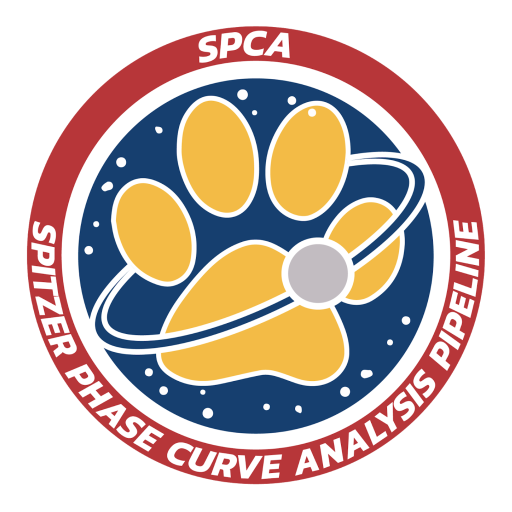
Spitzer/IRAC observations are affected by strong detector
systematics which can be larger than the astrophysical signals we
seek to measure. In this work, we seek to find the best
systematic noise model through a uniform reanalysis of
previously published Spitzer/IRAC phase curves.
Image Credit: Taylor J. Bell
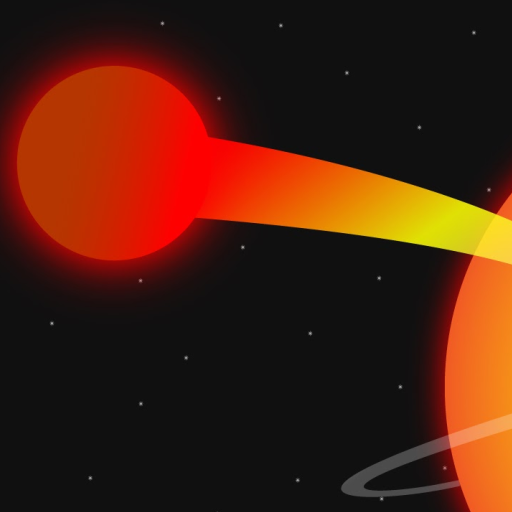
Previous Spitzer/IRAC phase curve observations of WASP-12b
showed a feature never seen before at infrared wavelengths.
In this work, I show that this finding is reproducible and is
best explained by carbon monoxide emission from a stream of
gas stripped from the planet's atmosphere.
Image Credit: Danik Renaud
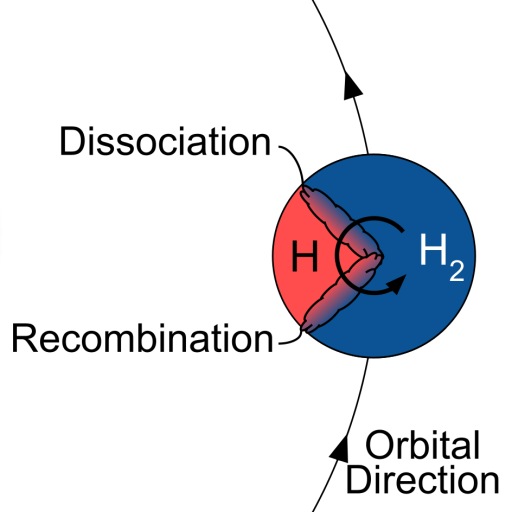
Hot Jupiters are believed to have a permanent dayside and a
permanent nightside. In this work, I describe a previously
unaccounted for effect which increases the heat transport
efficiency of winds in the atmospheres of ultra-hot Jupiters:
the thermal dissociation of molecular hydrogen.
Image Credit: Taylor J. Bell
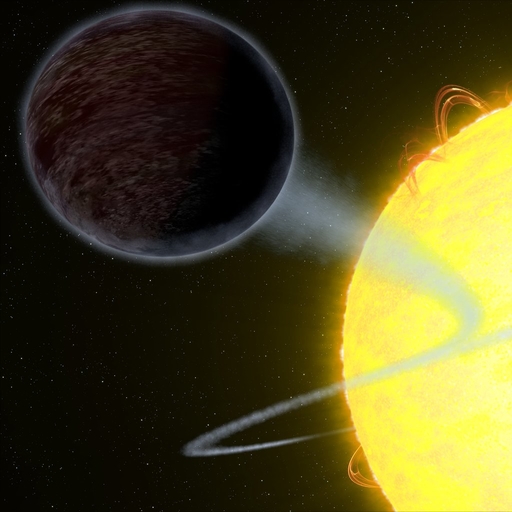
An international team of researchers which I led analyzed new Hubble observations
of WASP-12b in hopes of detecting light reflected by the gas giant exoplanet. Our
stringent non-detection gives us exciting insights into the composition of the
atmosphere on the dayside of the planet.
Image Credit: NASA/ESA/G. Bacon
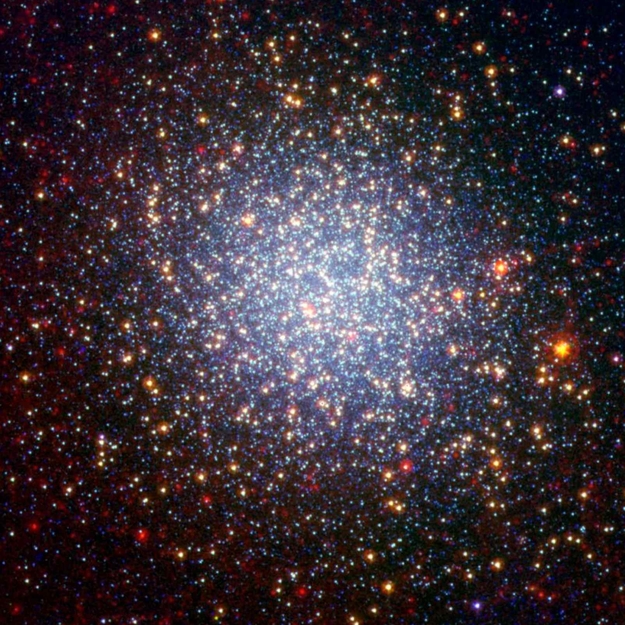
To test theories of Type II Cepheid formation, I studied the spatial distribution
of these pulsating stars within the best-studied Milky Way Globular clusters to
determine whether or not there is evidence that they are frequently found orbiting
another star within a binary system.
Image Credit: NASA/JPL-Caltech/NOAO/AURA/NSF
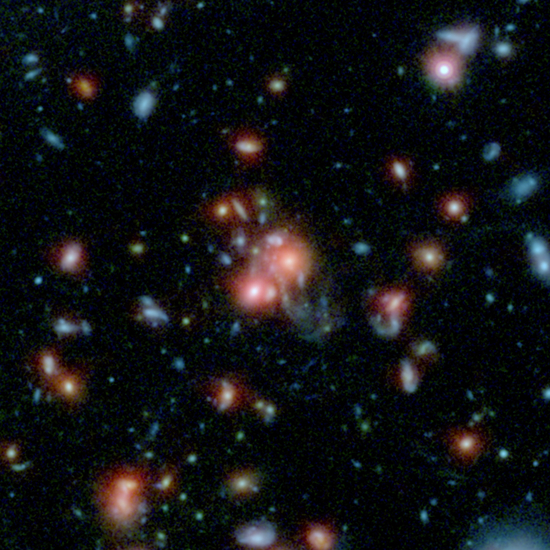
How does the star formation rate of galaxies depend on their stellar mass and the
density of their environment? To answer this question and study the evolution of
galaxy clusters, I analyzed 8 billion year old photons collected by the Spitzer Space
Telescope.
Image Credit: NASA/STScI/ESA/JPL-Caltech/McGill